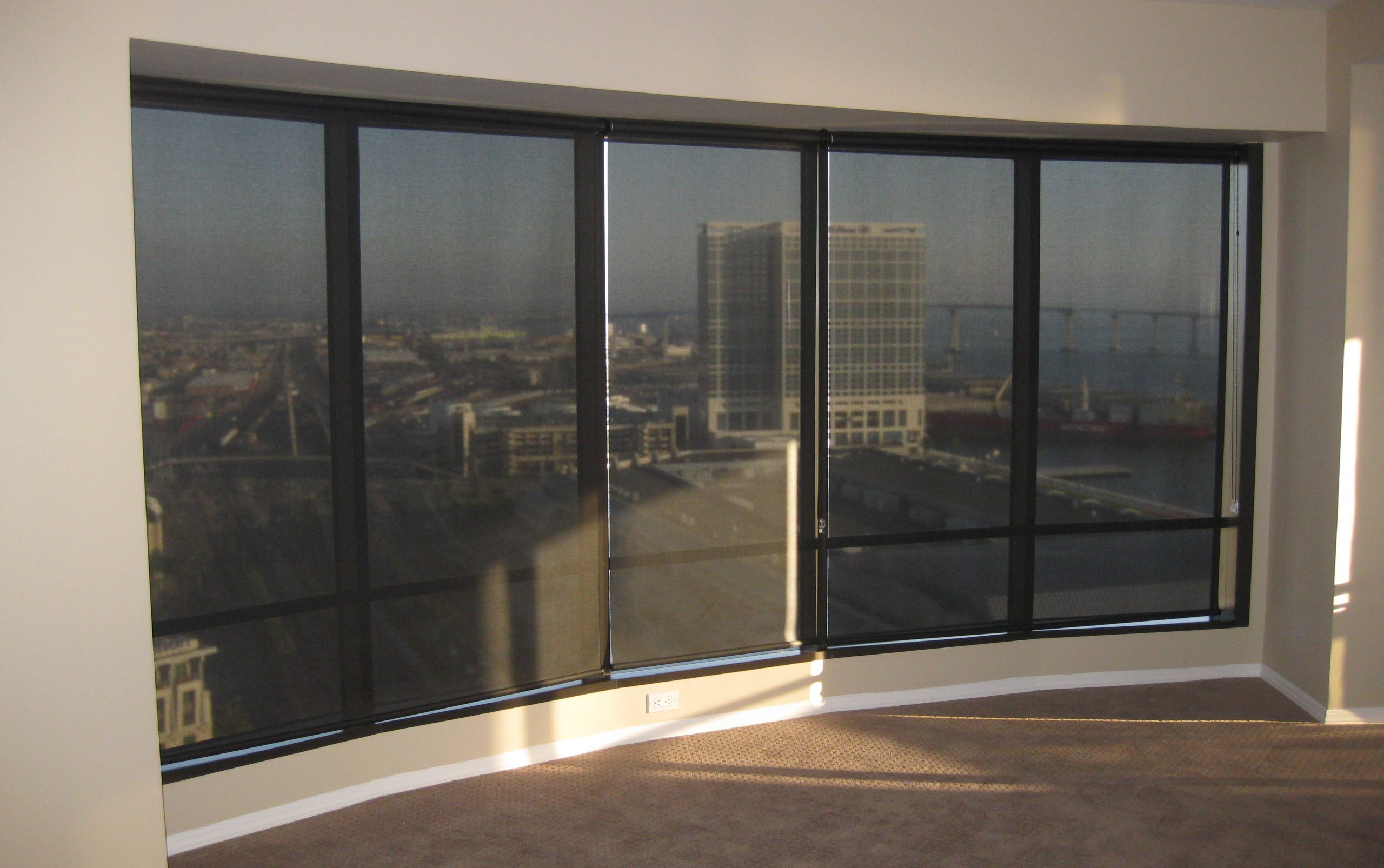If you are looking to buy a new set of window treatments for your home or office, it may be daunting to know that the number of customization options and designs for shades, blinds, shutters, and other forms of window dressing are nearly endless. Not to mention the sheer number of different colors, patterns, and touches that can be added is simply astounding. It can be quite difficult to figure out what you want to have decorating your space and protecting your privacy. It should also be noted that while there is a lot of choice, certain decisions may be confusing or perplexing at first glance. Some styles of shades or blinds have seemingly no difference between them, or seem to be accomplished by another set just fine. A good example is pleated shades and cellular shades. Both have a waved edge and from the front can seem quite similar. However, pleated shades and cellular shades don’t have the same light filtration qualities, and where cellular shades block out most, if not all light, pleated shades let through soft light to warm up a room.
Another pair of shades that can be confusing at first glance would be roller shades and solar shades. Even more than pleated and cellular shades, these two designs have very similar appearances on the surface. They both use rollers to raise and lower a flat sheet of fabric, and both look great in a wide variety of room themes and settings.
Roller shades are made from fabric and vinyl materials, and while this makes them perfect for sleek patterns and a wide range of colors, roller shades only prevent light from entering the house. Solar shades on the other hand, are made from a screen-like material, and not only do they block incoming light from entering the house or office, they also work to prevent the UV rays from entering. As it is, roller shades are perfect if you want to choose from a vibrant range of colors, and don’t need to block UV rays, while solar shades don’t come in colors that have the same potency and vibrancy as roller shades, they do block out more of the light spectrum than roller shades. Roller shades also only have one setting of light filtration, blocking out all light from the outside and ensuring complete privacy. Solar shades though have different percentages of light filtration, which is dependent on the weave tightness of the screen-like material. This weave can be tight enough to keep out somewhere between 80% to 99% of light, depending on the manufacturer. This means that solar shades are semi transparent at the looser weaves, though they will block out light like roller shades at their higher percentage levels.
So while these two shades have a few variances that might make the difference when contemplating a purchase, it’s also important to note the similarities in design that come with them. They are both sleek and modern, but subtle enough to work in nearly any style of room or office space.



